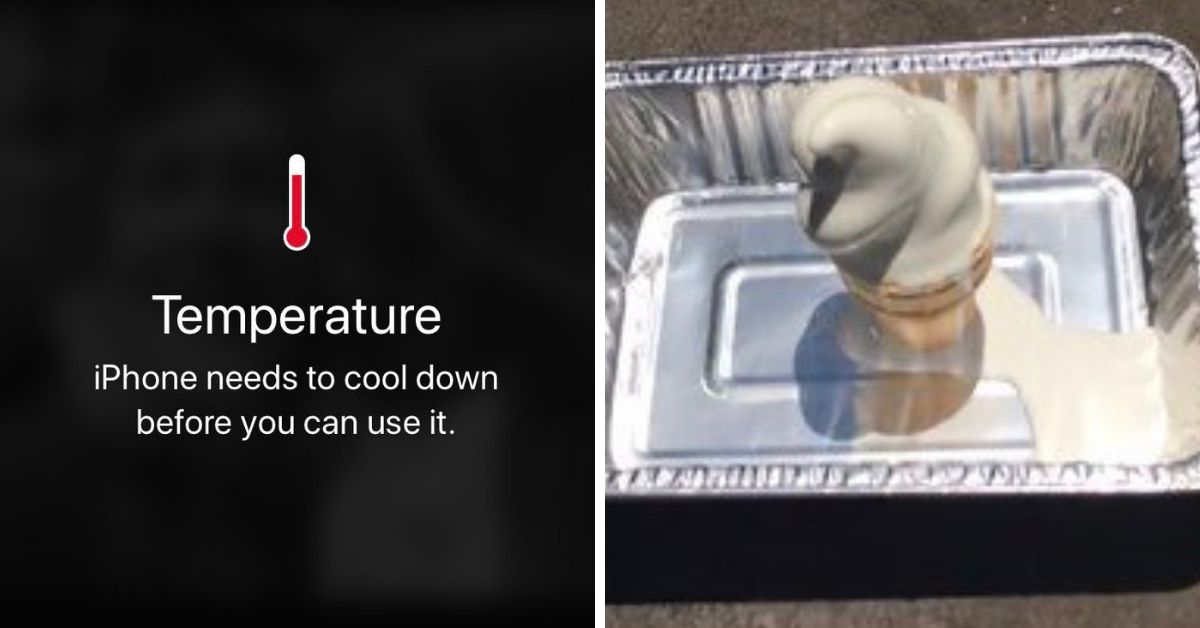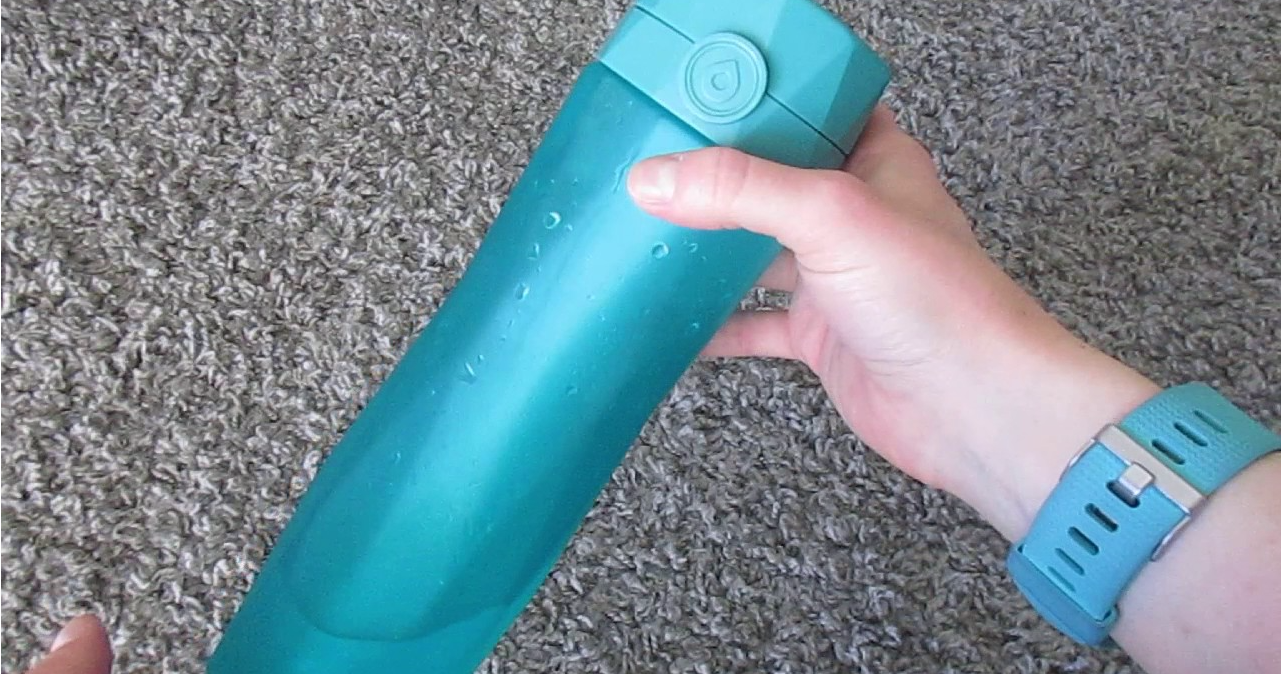America is facing big winter storms, but down under in Australia they were in the middle of a vicious heatwave.
People around the continent are trying to find ways to stay cool as temperatures travel upwards of 105 degrees. All outdoor fires have been banned, air quality is poor, and residents are being urged to leave water outside for wildlife. It's even broken some thermometers.
So hot it broke #heatwave #sydneyheatwave pic.twitter.com/CuL2zi416O
— Laura (@LauraCritchley_) December 29, 2018
Police have naturally been warning residents about the dangers of leaving pets or children in the car. They even posted a video of them frying an egg on the car to prove their point.
With this in mind, reporter Rohan Smith set out to do an experiment. He wanted to see how long it would take a cone of McDonald's soft-serve ice cream to melt.
He made a scary discovery.
Tried filming how long it would take a McDonald's soft serve ice cream to melt in Melbourne's 41C peak today. It took 12 minutes and outlasted my iPhone. What. Is. In. That?! pic.twitter.com/v6Slu8TJnl
— Rohan Smith (@Ro_Smith) January 4, 2019
It took over 12 minutes in 40 degree Celsius heat (that's over 105 Fahrenheit) for the ice cream to melt. Smith's iPhone melted first.
We all know that the iPhone isn't exactly the heartiest of devices, but no way should soft-serve ice cream last longer.
McDonald's has recently pulled away from artificial colors and preservatives in their food, but it still raises a lot of eyebrows as to how their ice cream is so...resilient.
Some people on Twitter tried to explain it:
Dude, the ice cream is WHITE. It reflects most of the sun's energy. Air is a terrible conductor of heat. The ice cream was not feeling what you were. Basic science.
— David Thompson (@2happysundays) January 4, 2019
But this isn't true.
Other people were just surprised Smith got his ice cream in the first place.
This has to be fake. There is no way you found a maccas with a working soft serve machine.
— Sam Wardlaw (@smwardlaw) January 4, 2019
McDonald's lists the ice cream ingrients as: milk, sugar, cream, corn syrup, natural flavor, mono and diglycerides, cellulose gum, guar gum, carrageenan, vitamin A Palmitate. Nothing like asbestos or something to explain how it repelled the heat so well.
No matter how it does it, it seems like the ice cream is just about the only thing not melting in Australia right now.

